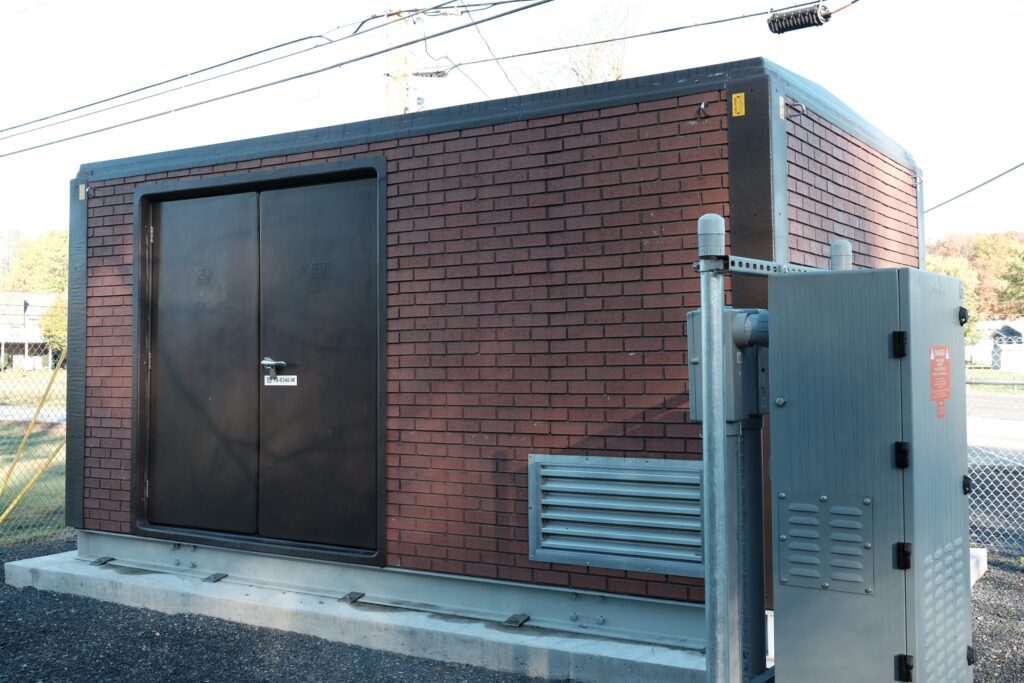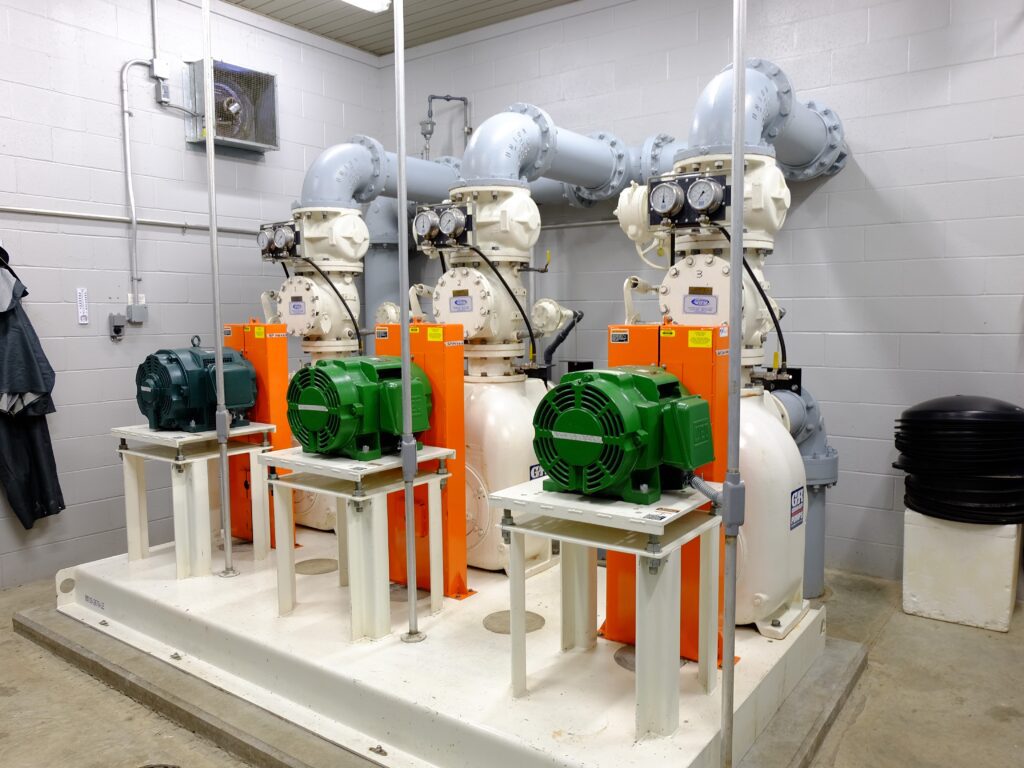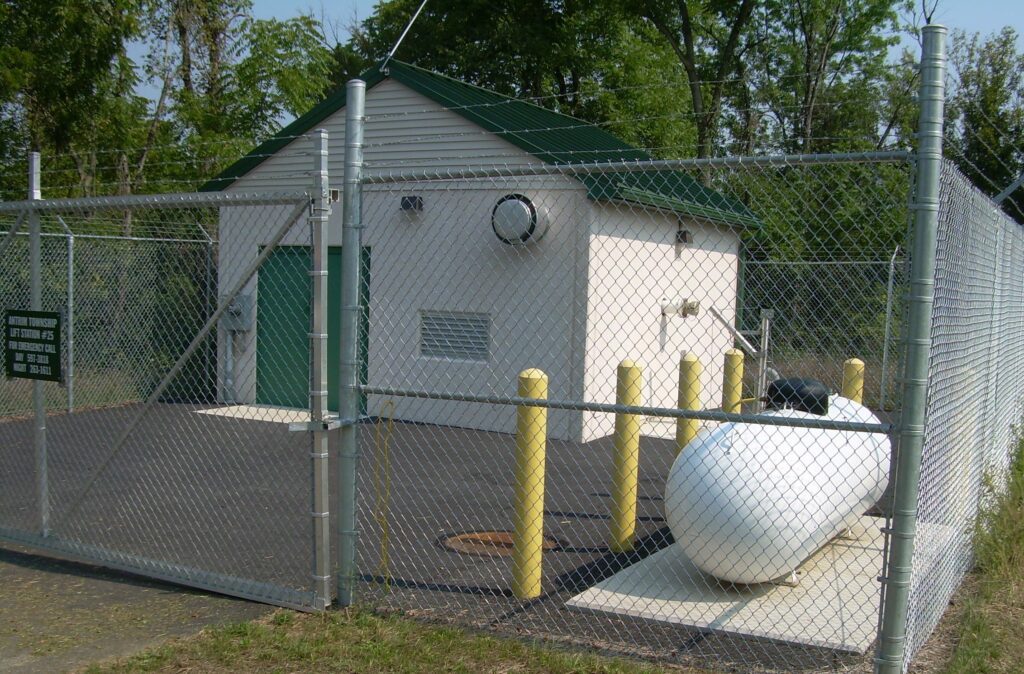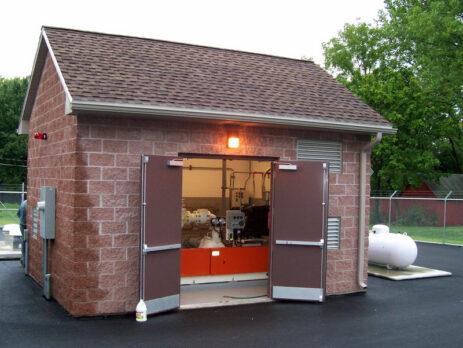Guidelines for Better Wastewater Pumping Stations

Pumping stations are critical components of any wastewater collection system. To ensure their quality and reliability, municipalities should establish pump station design guidelines for developer projects.
These guidelines ensure that pumping stations are built to the required standards, preventing costly repairs, reducing system failures, and promoting efficient wastewater management.
Keys to Implementing These Guidelines
- Develop Design Guidelines: Create comprehensive guidelines tailored to pumping stations, including technical specifications and best practices for pump selection, hydraulic design, structural considerations, electrical systems, and controls.
- Compliance with Regulations: Ensure that the guidelines align with local, regional, and national regulations related to wastewater infrastructure to meet safety, environmental, and performance standards.
- Design Review Process: Implement a review process involving qualified professionals to verify compliance with the guidelines, reviewing design drawings, specifications, and calculations.
- Technical Expertise: Involve civil engineers or wastewater specialists in the review process to evaluate technical aspects of the design.
- Constructability and Maintainability: Consider factors like ease of construction and maintenance in the design standards to ensure long-term efficiency.
- Inspection and Testing: Conduct regular inspections and testing during construction to verify compliance with the standards and ensure proper functionality.
- Documentation and As-Built Drawings: Require comprehensive documentation such as operation manuals and as-built drawings for future reference and maintenance.

Envirep works with municipalities and consulting engineers to create these standards, focusing on operation and maintenance preferences for reliable and efficient equipment. Standardizing design has many benefits for both municipalities and developers, including quality assurance, cost reduction, and streamlined processes.
Create Design Standards
Pump station design standards enhance operator training and familiarity with their systems. They provide consistent components across multiple stations, making operation, maintenance, and repair more manageable. And they improve safety and reliability. With well-defined design standards, everyone wins!
The Envirep staff of application engineers and field service technicians have decades of experience in equipment selection. We assist consulting engineers and end-users with technical support. Our experienced team is here to recommend the right product, part, and service for your application.

Contact Envirep
Envirep/TLC serves the municipal and industrial water and wastewater market in Pennsylvania, New Jersey, Maryland, Delaware, the District of Columbia, Virginia, and West Virginia.
Do you need help selecting the right equipment for your application? Contact Envirep at 717-761-7884 or sales@envirep.com.
By Michael Gillespie, President at Envirep/TLC


